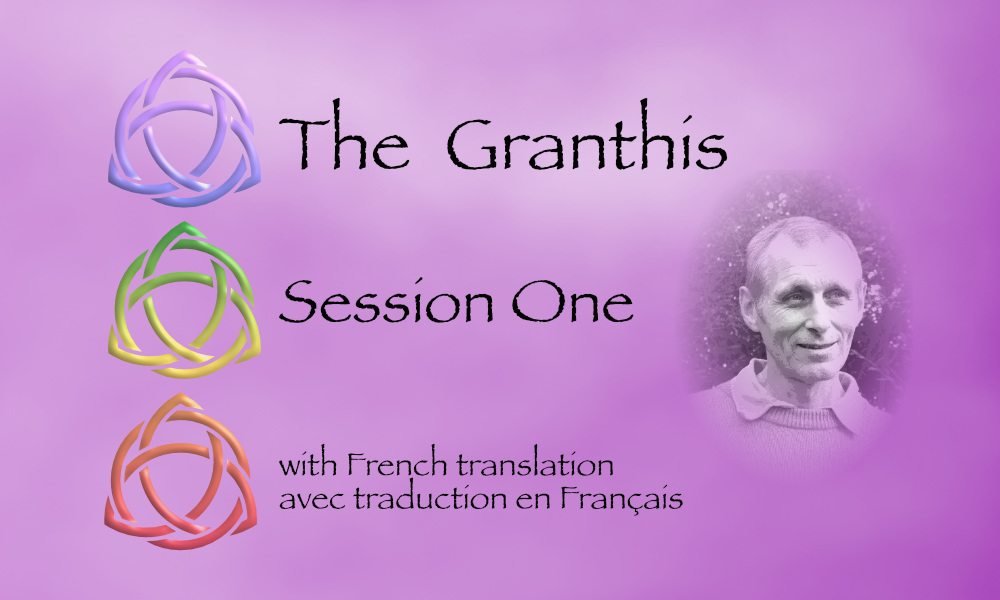A series of talks and guided reflections, given by Swami Nishchalananda in 2002 in France, on the three Granthis, or ‘Knots’. They are a paradigm in classical Yoga; a way of understanding areas which are a natural part of human existence but also represent places where we may be blocked in the search for spiritual understanding.
Swamiji starts the first session talking about Space and Spaciousness. He explains that the Granthis are more easily understood from such a perspective. Nothing, including thoughts, can exist except in the context of Space. The Goddess Bhuvaneshvari is a symbol representing this concept of Space and Swamiji describes the different aspects of the symbolism. A lot of this symbolism closely ties in with concepts in Physics; the manifestation of the physical world and it’s objects from undifferentiated Space, via the primordial vibration.
The Granthis, knots, are an obstruction to understanding. But remember, for Life to exist as physical forms, the ignorance represented by these Granthis is necessary. To expand on this statement, please listen to the full recording.
Brahma Granthi is associated with Mooladhara and Swadisthana chakras. It represents material things and attachment to them.
The Vishnu Granthi is at the level of the Heart but also includes Manipura Chakra. It relates to emotions and emotional attachment.
Rudra Granthi is at the level of the Head, therefore the Agya Chakra, but also Vishuddhi Chakra. It relates to communication and intellect and our attachment to those things, also psychic powers.
Attachment at any of these levels means we do not go beyond them in our understanding.
The first of the three granthis is called the Brahma Granthi, the knot of creation. Brahma Granthi is associated with Mooladhara and Swadisthana chakras. It represents material things. They are necessary of course, for everyday life, but the key is to create space around our physical attachments. Acknowledging those attachments but allowing there to be less dependency, more ‘space’ around those physical things and our attachment to them. Recognising the transience of physical possessions for example, recognising that possessions do not in themselves create happiness.
Next we hear a guided inner journey exploring the inner space and the Granthis in relation to that space. Introduced here is the idea that each of the granthis has positive and negative sides. For example the Rudra Granthi is in the realm of thought, but of course there are thoughts which inspire and help us to investigate, but also thoughts which are circular, leading nowhere, even obsessive. In this example, by coming from the perspective of Inner Space, thoughts can become more like clouds floating through, rather than something which holds us.
‘It is identification with the known that binds us. It is openness to the unknown that liberates us’.
Swami Nishchalananda
Please enjoy the recording



Leave a comment